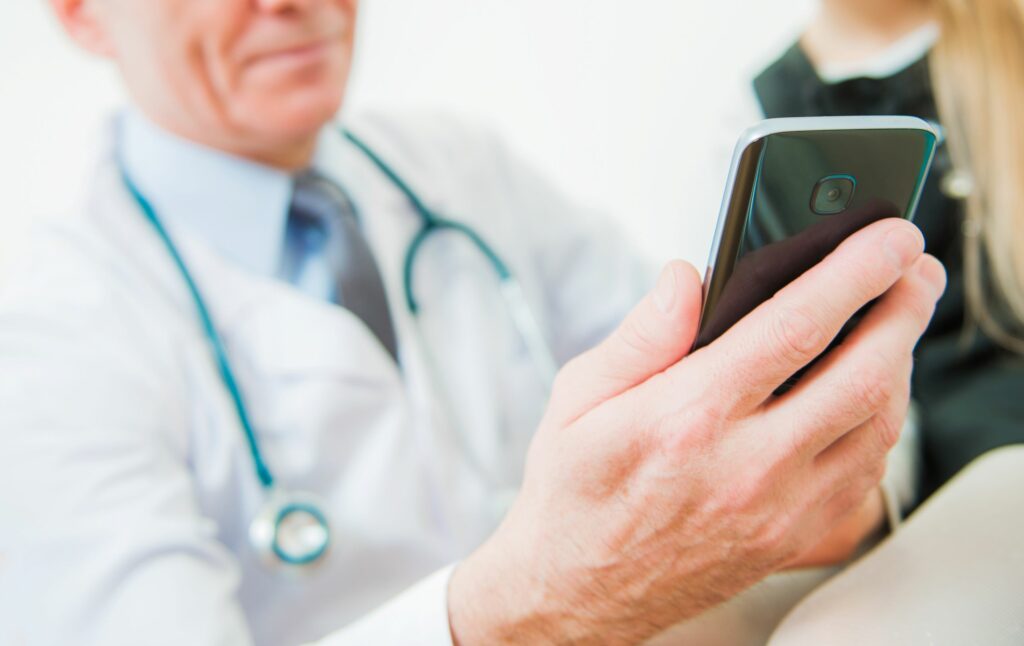Human vital signs are essential data that is linked to both our physical and psychological state. Now, it is becoming possible to gather and extract these data from the body using only an optical sensor and no physical contact thanks to modern image processing technologies like Remote Photoplethysmography (rPPG).
What is Remote Photoplethysmography (rPPG)?
Remote Photoplethysmography (rPPG) is a rapidly-evolving low-cost, non-contact and pervasive technology for assessing vital signs using video analysis. rPPG technology uses reflected light from the user’s face to measure his/her vital signs.
Traditional photoplethysmography (PPG), which is commonly found in wearable devices such as pulse oximeters and smart watches, captures reflectivity information that corresponds to an individual’s heartbeat using light sources projected onto the skin’s surface and a receptor in contact with the skin. This process can be carried out remotely using visible light around the subject thanks to rPPG. Simply defined, this technology allows vital signs to be measured simply by analyzing a video stream of the user’s face. Video processing can be done in real time or on a previously obtained video clip.[1]
What are the vital signs that could be measured using rPPG?
Heart Rate (HR), Heart Rate Variability (HRV), Respiration Rate, and Oxygen Saturation (Sp02) are some of the vital signs that may be collected using this rPPG technology today. In addition, HRV, quality of sleep, heart rhythm disturbances, and drowsiness can also be used to calculate stress levels and mental health state.
3 Potential Applications of rPPG
1. Camera-based contactless vital signs monitoring
In the midst of the COVID-19 pandemic and beyond, hospitals and clinics can use rPPG technology to perform contactless and almost deviceless vital sign monitoring. All that is needed is a video camera, such as from a smartphone, and the doctors can assess their patients remotely in the most convenient and efficient way. It can help prioritize patients who are in immediate danger above others when used in conjunction with current hospital infrastructures such as appointment booking systems and waiting rooms. It can also help track changes in a patient’s vitals and keep track of their health journey.
2. Improved medical accessibility to remote places and low-income families
Since rPPG technology has the potential to be integrated into smartphones (through an app download, for example) and turn these smartphones into medical devices, this could be particularly advantageous given the prevalence and accessibility of simple mobile devices in resource-constrained locations. People in remote places who have no hospitals and clinics near them can use their mobile phones to connect with their providers and receive medical intervention when needed.
3. Increased remote access to various care services
Owing to rPPG’s simplicity, affordability, flexibility and ease of use, this technology can help improve accessibility to remote and underserved populations and provide a wider range of care services such as childcare, senior care, disability and chronic disease care, and psychiatric care.
Takeaway
Health monitoring technologies are being developed for a wider range of patients of all ages and health issues, with the goal of integrating medical care environments with health monitoring outside of traditional settings. rPPG technology will be an addition to the telehealth market since it can enable contactless solutions, which could transform the way we think about healthcare today. The scope of rPPG technology’s applications is vast, extending far beyond the wellness and healthcare industries.
References:
- Remote Heart Rate Monitoring – Assessment of the Facereader rPPg By Noldus. (2019, January 1). PubMed Central (PMC). https://www.ncbi.nlm.nih.gov/pmc/articles/PMC6874325/.









